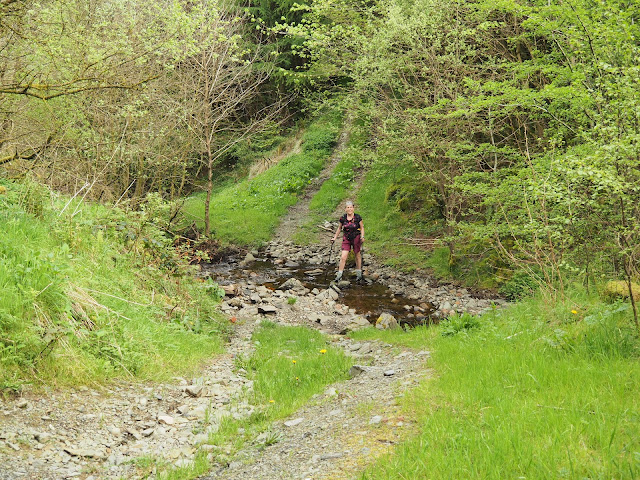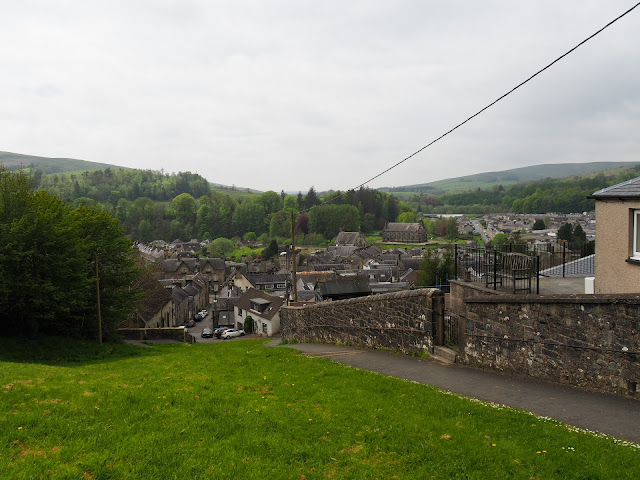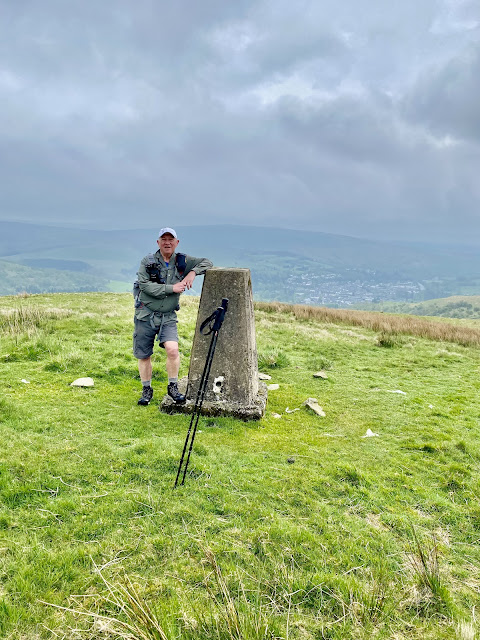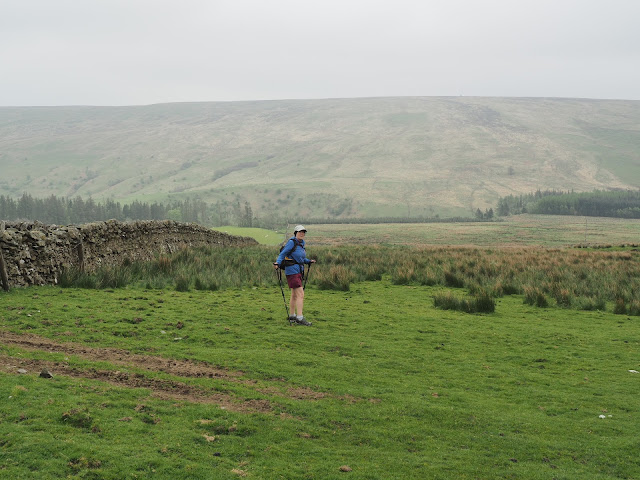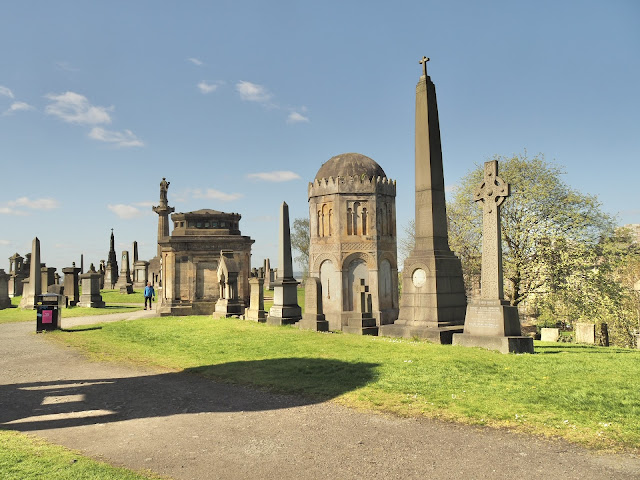16th May 2024
For years and years I've wanted a Marmot Pre-Cip but could never justify getting one as I have a wardrobe full of jackets. But, in time jackets wear out and so when three of mine went to the re-cycle bin I bought a Marmot Pre-Cip with my own money after good recommendations from my wife.
She has had an original Pre-Cip for some years and raves about it. I have read many reviews about it as over the years it became a bit of an iconic jacket. I recall Chris Townsend giving it a good review in TGO Magazine many years ago.
It isn't used for backpacking because it simply isn't strong enough around the shoulders to take all the abrasion a backpack creates, no matter what the ultra lightweights say. But for day walks and as a general waterproof then it's been perfect for her and I wanted a lightweight waterproof so it was a no brainer really, considering the price of £60.
It's a simple waterproof, no frills and very lightweight. Packable into it's own pocket. The hood can be rolled away into the collar. Sleeves have the usual velcro adjusters at the cuff, the hem has draw cord tighteners, a zip rain shield, 2 mesh hip pockets, pit zips and not much else. It does feel very nice, tactile I suppose.
Size wise it is slightly larger than "normal" sizing due to being designed for layering with an insulated jacket. There is plenty of room for layering and also the sleeves are a little longer than std which I don't mind at all and your arms stay protected when reaching high. I find the sleeves a little too narrow if I want to pull the sleeves over a thicker pair of gloves. I hate narrow sleeves.
The weight of my Large is 322gr. The jacket is made in Myanmar, the original Pre-Cip was made in China.
With 2.5 layer 100% nylon material and NanoPro Eco coating, whatever that is, it is said to be very breathable and absolutely wind and waterproof. That's the marketing bumf anyway.
All excited and ready to try the jacket out I waited for a rainy day and then went for a short walk, about 2 1/2 hrs. It wasn't lashing down or fine horizontal stuff and not torrential, just typical Manchester summer weather.
I walked about 12km with only a few up's and downs. Temperature was 8 degrees C, I din't take a daypack and I was in no rush. I wore a capilene base layer and a polyester fleece and then the jacket.
First time I cinched the hood the tensioning cord pulled out from its secure seam completely. Not a good start, now I will have to find a way to fix it back in.
I din't stop during my walk and never checked the inside of the jacket. When I got home and unzipped the jacket the inside was wet through and my fleece was wet as well. So it doesn't breath very well if at all and I can only suggest that it isn't waterproof to any degree enough for a days hiking.
The next time I went out in the rain Sheila came with me with her Pre-Cip and guess what! My jacket and top were wet through and Sheilas was dry as a bone.
So what is the difference. The country of manufacture has changed from China to Myanmar. I guess the spec. hasn't changed but where abouts in the spec. does the new jacket lie? Is it at the top end or the lower end? I can only guess it has been a cost cutting exercise and now we have a lower spec jacket. I am not privy to this sort of information but its obviously not as good as the original Pre-Cip. Or the DWR isn't up to the job.
I'm a bit disappointed to say the least as I will now have to find another "Waterproof Breathable" lightweight jacket that will keep me dry for longer.
Can I recommend it? Absolutely not.
Any suggestions at all for an alternative jacket? as marketing bumf is no indication of how good a jacket is in reality. Thanks.



